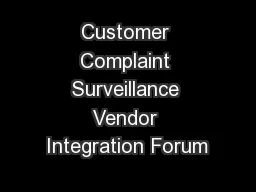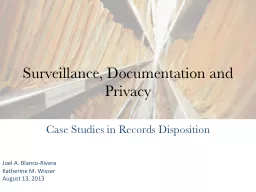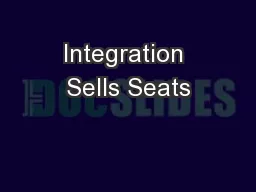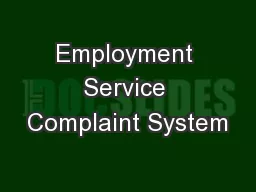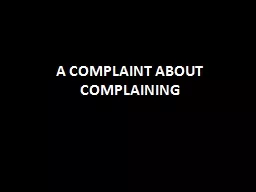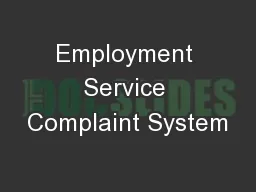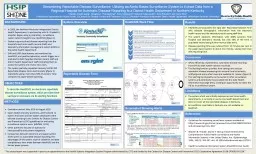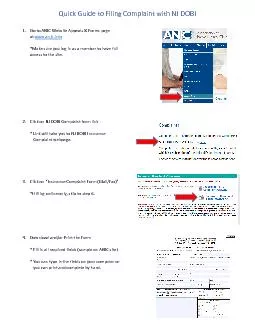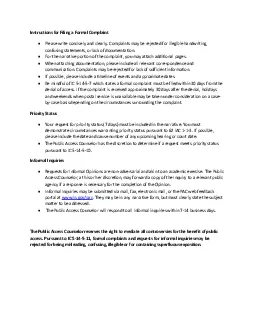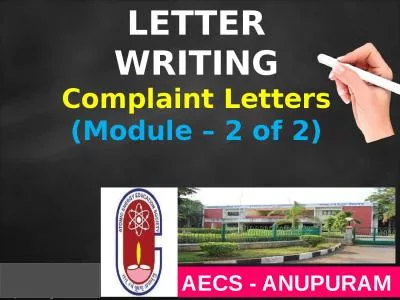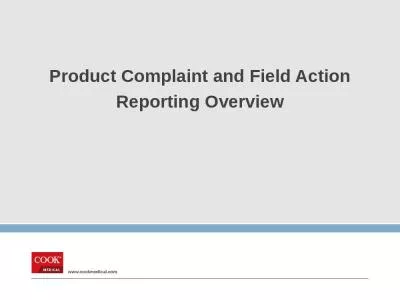PPT-Customer Complaint Surveillance Vendor Integration Forum
Author : karlyn-bohler | Published Date : 2017-07-04
Jointly Hosted by the US EPA and American Water Works Association February 27 2011 1200 300 pm AWWA CSIMTECH Conference Dallas TX 2 Presentation Outline Overview
Presentation Embed Code
Download Presentation
Download Presentation The PPT/PDF document "Customer Complaint Surveillance Vendor I..." is the property of its rightful owner. Permission is granted to download and print the materials on this website for personal, non-commercial use only, and to display it on your personal computer provided you do not modify the materials and that you retain all copyright notices contained in the materials. By downloading content from our website, you accept the terms of this agreement.
Customer Complaint Surveillance Vendor Integration Forum: Transcript
Download Rules Of Document
"Customer Complaint Surveillance Vendor Integration Forum"The content belongs to its owner. You may download and print it for personal use, without modification, and keep all copyright notices. By downloading, you agree to these terms.
Related Documents

